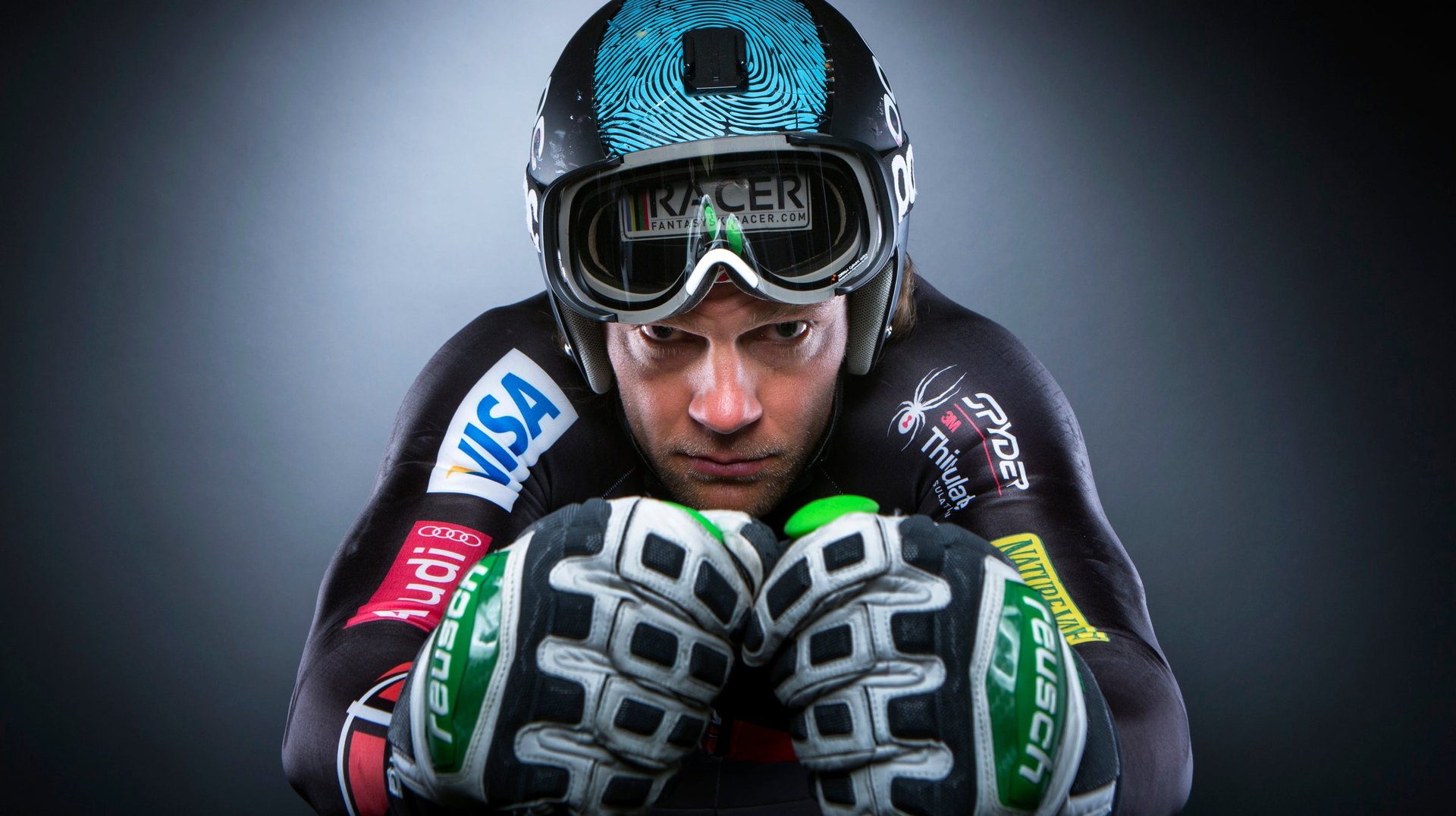At this year’s Olympics, the gold medal goes to the quantified self
The age of the quantified athlete is upon us. Data-driven training is increasingly common in sports, and this year’s Olympics has no shortage of competitors who have—or should have—benefitted from fitness trackers and analysis.


The age of the quantified athlete is upon us. Data-driven training is increasingly common in sports, and this year’s Olympics has no shortage of competitors who have—or should have—benefitted from fitness trackers and analysis.
Steven Nyman was a lackluster alpine skier when an injury put him out of commission in 2011. But during his recovery, he somehow became an unexpected contender for a gold medal in Sochi. His secret? He leaned into the data-driven practices of Troy Flanagan, director of high performance for the US ski team. “Every morning at 5:30,” Nyman told WIRED, “We’d wake up to measure our blood glucose, creatine kinase, and urea.” While the process was irritating to some of his teammates, Nyman relished the constant monitoring of performance and nutrition.
Of course, Nyman’s real success came from endless practice runs in a wind tunnel, where a real-time monitor quantified the aerodynamic drag on different parts of his body. In addition to realizing how inefficient the team’s uniforms were—now, instead of using standard sizes that leave fabric to whip around in the wind, the team has custom-tailored uniforms designed with the help of Aerospace engineers—Nyman was able to perfect his body position down to the muscle.
Other gold-medal hopefuls overcame a lack of natural affinity for their sport, too: The Wall Street Journal profiles hurdler-turned-bobsledder Lolo Jones, who needed to pack on 25 pounds and change the way her body worked in order to master the new sport. “As a track athlete,” Jones said, “You’re more like a greyhound dog. As a bobsledder you’re more like a Rottweiler or a pit bull.” She changed her pedigree with intense diet and exercise, and it’s hard to imagine how difficult the process would be without data analysis and tracking. With the athletic differences between a gold and a silver now so slim, the advantage won’t just go to natural talent; it will go to the talented athletes who dedicate themselves to quantification.